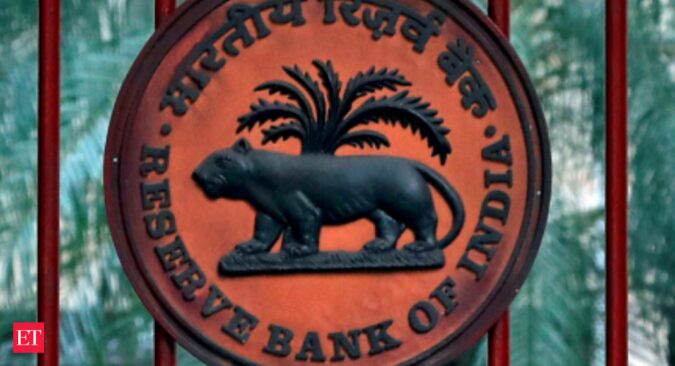The real rate is positive and excessive tightening may hurt growth according to majority of external members – Ashima Goyal and Jayanth Varma- of the Reserve Bank‘s Monetary Policy Committee who voted for a pause in the policy rate revision.
But a wider majority including both the internal and external members of the MPC voted for a rate hike as the risks for inflation are still not abated. Both global geopolitical concerns as well domestic factors are still not conducive to a durable price decline underscoring that price stability as a credible nominal anchor for healthy growth, indicated the larger voice in the minutes.
” Excessive front-loading of rate hikes carries the risk of over-shooting that is best avoided for compelling reasons in the Indian context” said external member Ashima Goyal, professor emeritus at the Indira Gandhi Institute of Development Research. ” Raising real policy rates to reduce demand has a stronger effect on growth than it does on inflation” she added
Since there are more lags in monetary transmission in India, over-shooting can have persistent deleterious effects including instability. Besides, macroeconomic stability improves most rapidly if real interest rates are kept smoothly below growth rates and counter external shocks.
The Reserve Bank raised the benchmark policy repo rate by 25 basis points (one bps is 0.01 per cent) to 6.5 percent in its February 08 resolution and decided to remain focused on withdrawal of accommodation to ensure that inflation remains within the target going forward, while supporting growth.
“The RBI’s latest minutes highlight clear and rising divergence among MPC members, but only two remain dovish, while the overall balance tilted towards more hawkishness” said Rahul Bajoria, managing director and head of EM Asia (ex China) Economics at Barclays Capital. ” After the higher-than-expected January inflation, we think the balance of risks suggest another hike in April, barring any fiscal action to cool prices”.Even Governor Shaktikanta Das was more hawkish in his assessment. ” Overall, there is considerable uncertainty at this stage on the evolving inflation trajectory due to ongoing geopolitical tensions, global financial market volatility, rising non-oil commodity prices, volatile crude oil prices and also weather-related events” Das said.
Deputy Governor Patra too appeared more concerned about inflation along with external member Shashanka Bhide, honorary senior advisor, National Council of Applied Economic Research and the other two internal members, terming it as the biggest threat to the macroeconomic outlook. ” The MPC has to remain committed to its primary mandate. The recent experience has amply demonstrated that low and stable inflation is the credible nominal anchor for a reinvigoration of growth” deputy governor Patra said. ” On a pragmatic basis, it is important to at least contain inflation within the tolerance band in 2023-24 as the first milestone to be passed in aligning inflation with the target.
